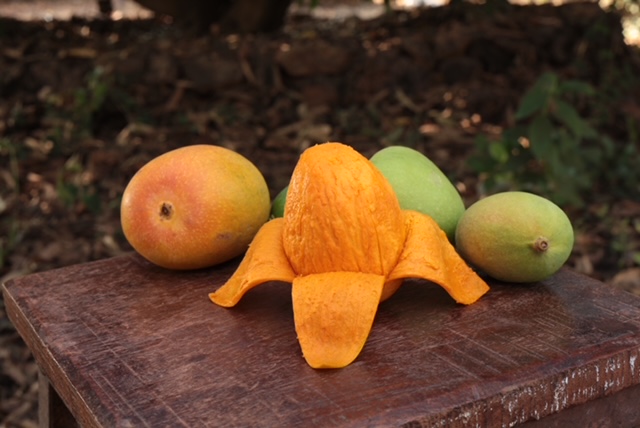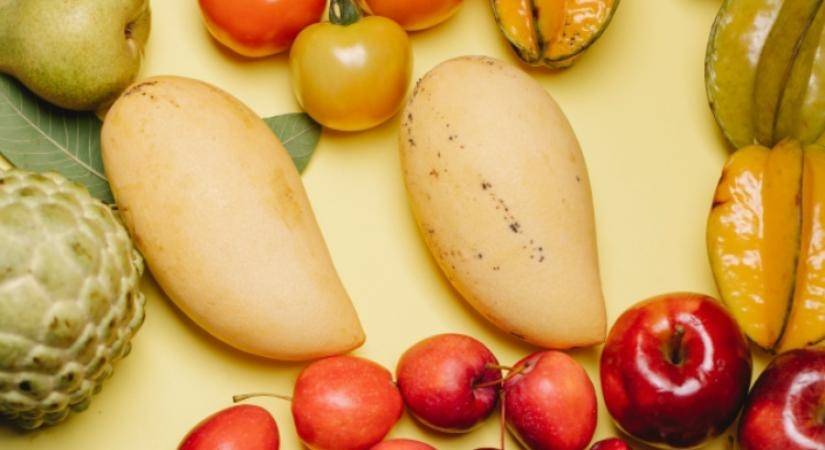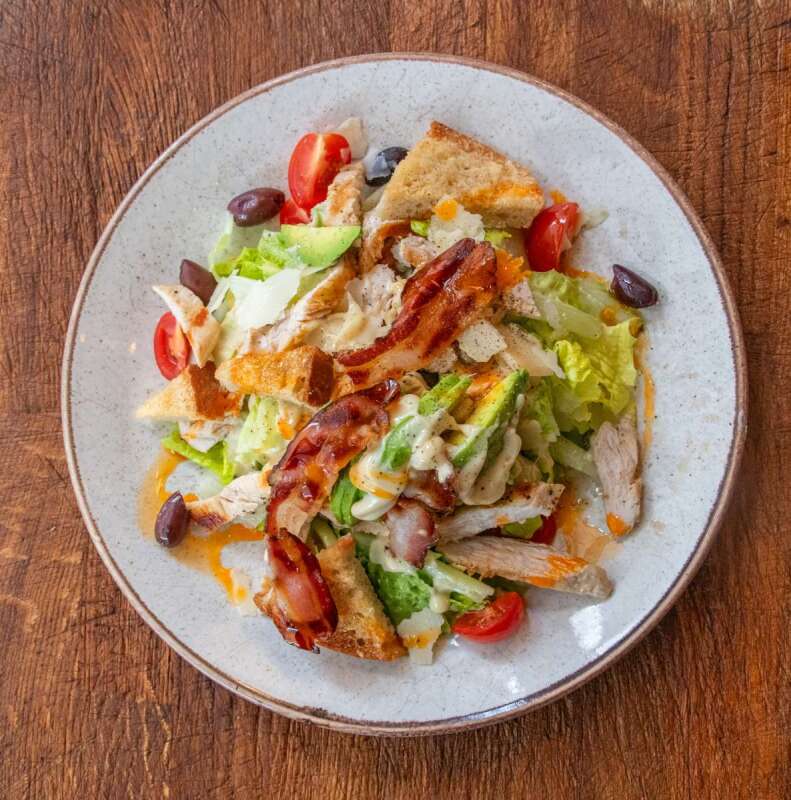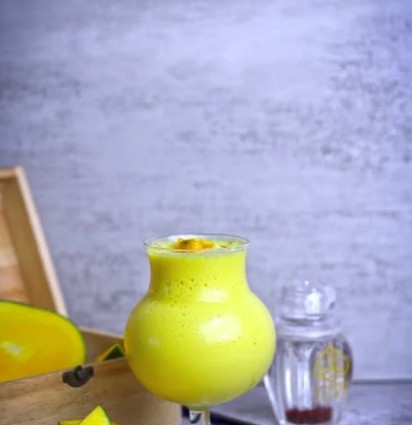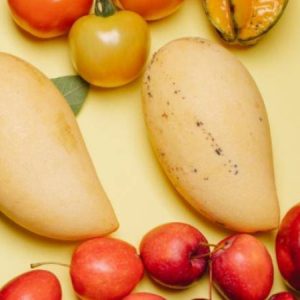You know it takes nine months for a human being to be born. Did you know it takes the same number of years for your Devgad Alphonso Mango to take birth? Patrons have loved the Devgad Alphonso Mango for years, but many have been curious about how divine fruit grows. An exclusive feature to take you through the nine-year journey that your favorite Alphonso Mango goes through before it comes to you as a juicy fruit. Read on to know the Journey of The Devgad Mango. A feature by Riccha Grrover for Asian Lite International
Well, one fact to start with. Devgad Mango does not grow out of a seed. If you plant the seed after eating a Devgad Mango fruit, you will get a mango tree, but it will bear mango fruits of a different variety and taste. The journey of the Devgad Mango begins as a small twig cut out from the mother plant.
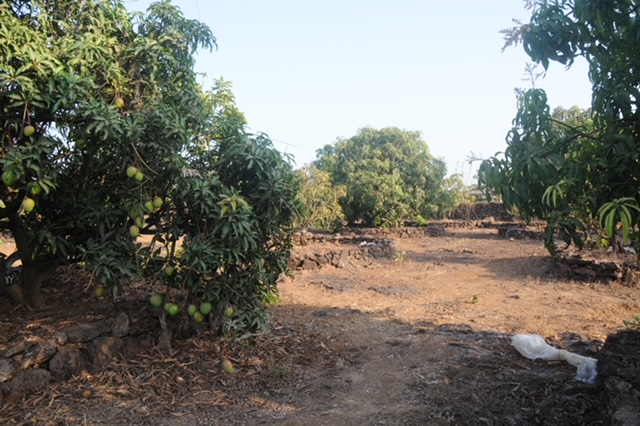
It is then grafted on to a stem that has grown out of a mango seed of a sturdy variety. Sometimes one twig is planted into a combination of two stems from two seeds. The graft is then tied up and wrapped with plastic tape, neatly covering it from all sides. It is similar to tying up a wound of a human being or an animal and needs similar care.
It is planted into a plastic bag and put under intensive care for the next four years.
It is kept in the bag for some months and then planted into a tin-can until it grows to a height of about 5 feet till about the fourth year. Only three out of five survive till the fourth year. In the fourth year, the bags are cut out and the little tree is planted in the orchard. Only four out of five survive till the sixth year.
Over the next three-four years, the tree needs good care, with regular pruning so that it grows sideways, equally all around. Around the end of the eight-year, the tree starts to blossom.
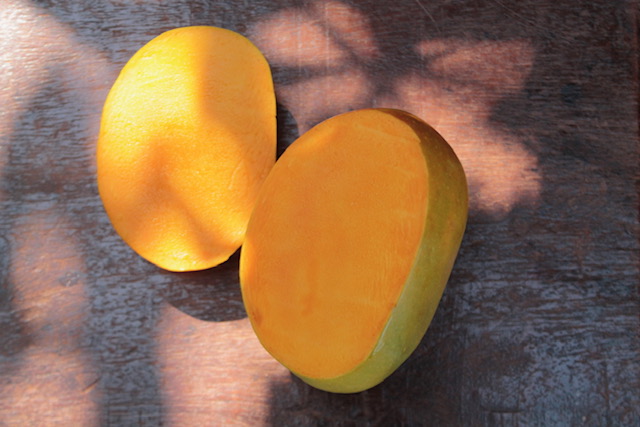
It starts bearing good fruit since the ninth year. Since its a grafted tree and well maintained, you have fruits hanging between 0 to 25 feet from the ground.
The maturity of a Devgad Mango is defined in India’s traditional ‘anna’ system of currency, where 16 annas make up a rupee. A ’16 anna Devgad Mango’ is a 100% mature mango.

Devgad Alphonso fruit is harvested using a tool called as ‘zela’ in the local language. It is a loose nylon-net basket held by a metal ring and attached to a bamboo pole. A sharp V-shaped cutting tool is at the front of the ring. The harvester, after identifying a mature fruit, holds the zela from one end and carefully raises its basket-end, till the fruit is lowered into the basket and its stem rests against the V-shaped cutting tool, at a point over 6-9 inches from the fruit. Then the harvester tugs at the zela in a specific and careful manner, which does not disturb other fruits held from the same branch, does not result in any pull for the branch and yet cuts the stem from which the fruit is held, ensuring that a significant part of the fruit stem is still intact with the fruit. The fruits are taken out, and laid into a crate and immediately moved into a cool, shady place so as to shield the fruits from sunlight and heat.
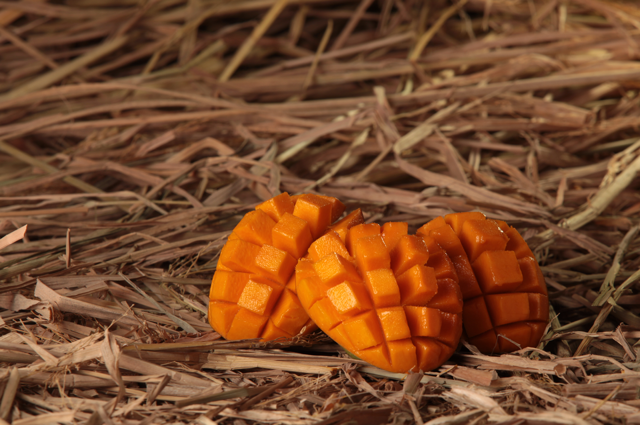
Some farmers take the harvested fruit crates to their homes and do the sorting there. For sorting at home, the crates are emptied on a paper bed.
And the good, marketable fruits are arranged in a neat line for observation over the next two days.
Most farmers get the crates of harvested fruits directly to the co-operative society, where they are graded, sorted and the farmer is paid accordingly. Once graded, they are dipped into an anti-fungal solution and then arranged into crates and covered from all sides with hay, and kept for ripening.
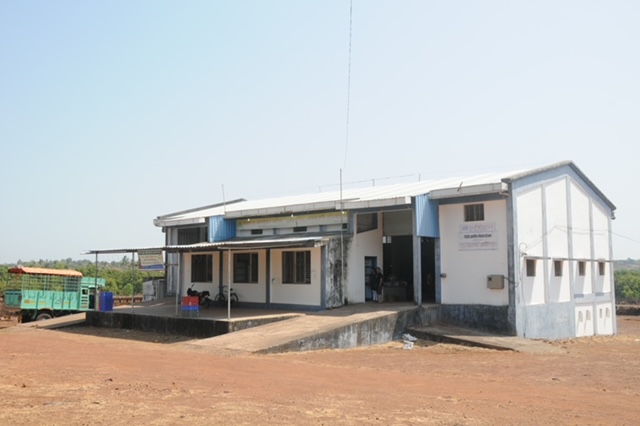
When the fruits show signs of yellowing over the next two to five days, they are taken out and packed in wooden crates. And the fruit is dispatched then to consumers. It’s ripening process continues during the journey and becomes ready to eat in the next two to five days.
Devgad is a coastal town in Sindhudurg District of Maharashtra, in western India. It is a natural harbour Arabian Sea in the Konkan region of Maharashtra, located 200 km from Goa and 500 km from Mumbai. It is loved by tourists for its clean, sparkling beaches and the fort Vijaydurg, the place where Helium was discovered. The historical Kunkeshwar Temple is also an attraction in Devgad as it attracts a large number of devotees round the year.

It is the Hapus or Alphonso mango that brings world fame for Devgad. The mango cultivar grown in Devgad is best among all mango because of its unique flavour, taste, shape, colour and sweetness. Because of its fan following, many other varieties are sold in the market as Devgad Hapus. The Devgad variety can be identified by its saffron-yellow colour and thin skin. It has no fibre content, and unlike other mangoes, it can be peeled like a banana, without pulling out the kernel.
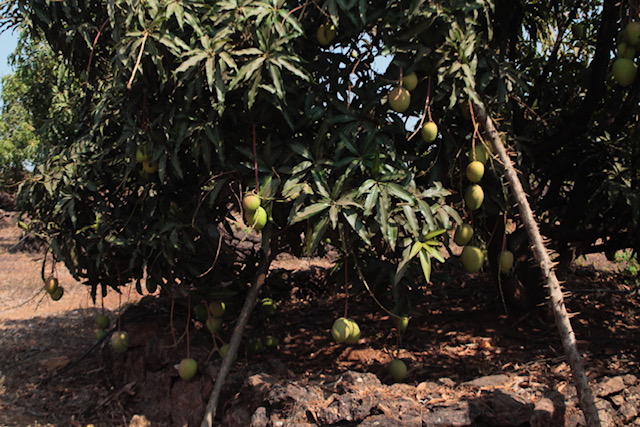
Devgad, the heartland of Alphonso mango, is now home to one of the most advanced and largest mango processing factory in the Konkan region of Maharashtra. Devgad Taluka Amba Utpadak Sahakari Sanstha Ltd has started one of the biggest fruit/food processing plant in the Konkan region. Mango Bonds is a bond scheme from Devgad Taluka Amba Utpadak Sahakari Sanstha Maryadit, in which you pay for the mangoes in advance and in return they offer you rate protection or discount over the market rate.
The Alphonso mango is a foreign fruit that came to India through Goa along with Alfonso De Albuquerque, the Portuguese explorer and military strategist who led many Portuguese invasions in the 1600s. From Goa, the Alphonso mango traveled to different places like Ratnagiri, other Konkan region and southern side of India as well.
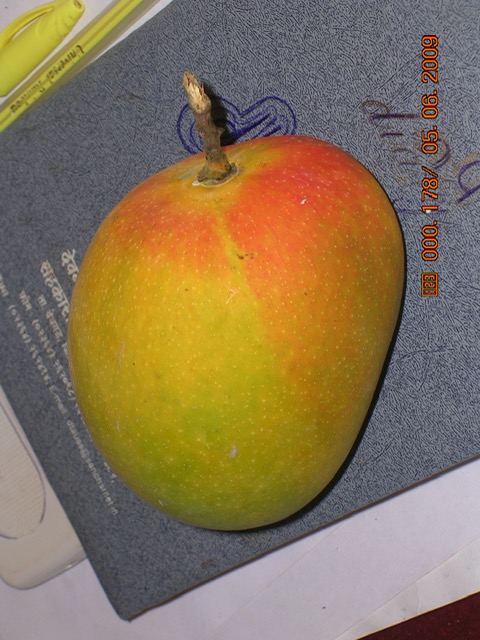
The Devgad Alphonso gained distinctiveness and favorable characteristics like the pleasant fruity smell, no fiber, extremely aromatic and sweet taste, becoming popular among buyers. The distinctiveness comes from the geographical conditions of Devgad as the same is not observed in other varieties grown elsewhere.


